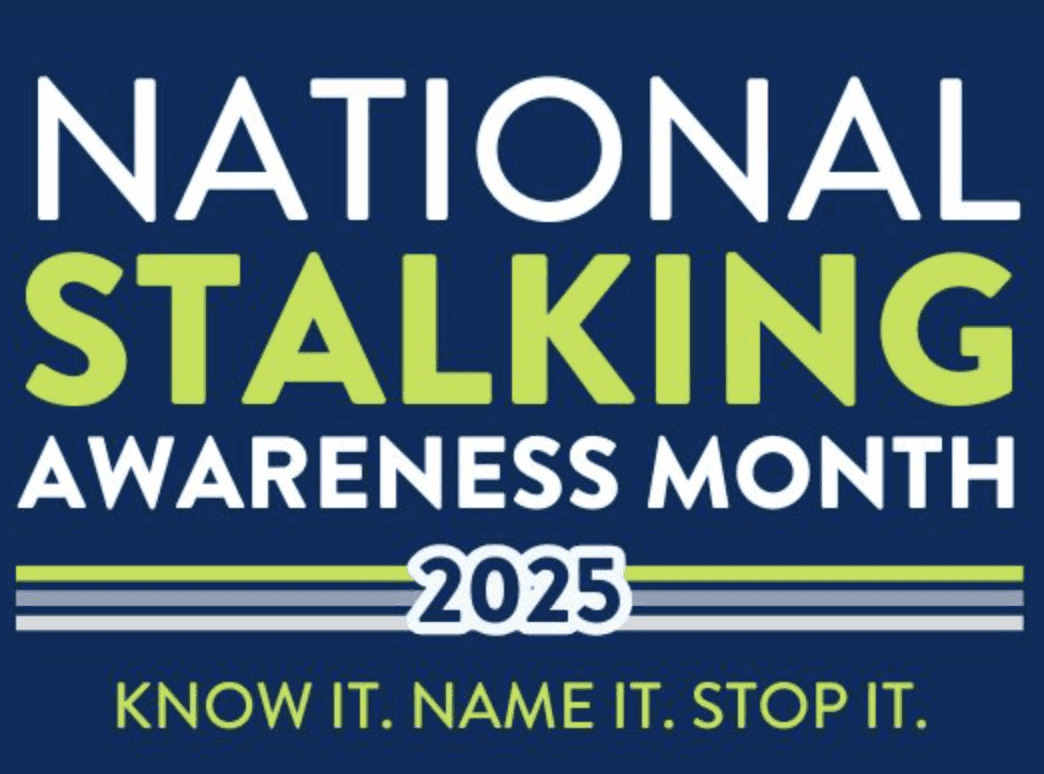By Vanessa Loy
(BPRW) African Americans knowledgeable about health issues understand that they face a higher risk than other groups for diabetes. According to the National Institutes of Health (NIH), African Americans are 1.8 times more likely to have diabetes than Caucasians, and there were 3.2 million African American adults with diabetes as of 2005. While people think about diabetes in terms of blood sugar, maintaining a healthy weight and consuming a healthy diet, another factor discussed less often is foot care.
Some medical research suggests that unusual foot sensations – tingling, numbness or burning, for example – may be a warning sign of pre-diabetes. Full onset diabetes is known to have specific effects on the feet, specifically nerve damage and decreased blood flow. The diabetic affected with nerve damage in the feet may ignore this problem precisely because there is no feeling of pain or discomfort. But without feeling pain, a sore, cut or infection will usually get ignored by the diabetic until it is too late. Decreased blood flow exacerbates the problem by making it harder for those conditions to heal. Sometimes an infection becomes so widespread that a diabetic must undergo surgery to amputate part or all of the foot.
Whether or not you have been diagnosed with diabetes, the time to pay attention to your feet is now. Check you feet for any abnormalities in the toenails, toes, tops of your feet and soles of your feet. Look out for corns, blisters, warts, calluses, ingrown toenails, hammertoes and dry or cracked skin. Pay attention to tingling or other odd sensations. If you find any of these problems, inform your physician right away. If you don’t have these problems, you should still have your physician examine your feet during regular check-ups. Wash your feet well in warm water when you bathe, and wear shoes when you venture outside. Comfortable shoes are more important than fashion for healthy feet, and healthy feet are part of a healthy future



